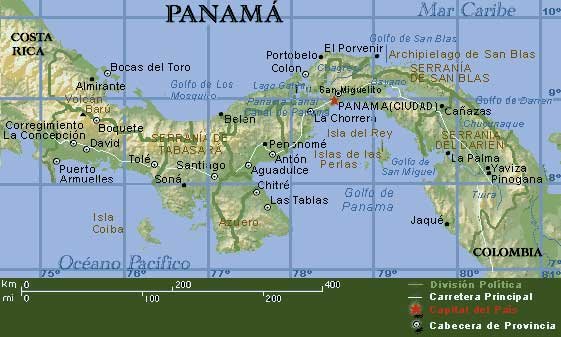How do you get to work? How do you get home? We thought that you might like to to see how PVCs get to and from their communities, so below is a good first example.
Foy and Jeff are another couple from our group. They live in a community east of Panama City, the only volunteers from our group on that side. From the "hub" town in their area, they have about an hour and a half ride in a chiva, the pickup truck with a caged back and hard roof. The chivas tend to have two hard benches along the sides for passengers. This is the only regular transport into their small village (other than 2-3 private vehicles that go up to their area) and all the local families use it regularly.
A full chiva will typically have 6 adults on each bench, some kids in the laps of the adults, a couple of people sitting on the mound of cargo in the center of the truck bed between all the knees. Also, there will be people hanging off the back bunper...and they tend to get a bit muddy. More cargo (and occasionally people) go on top of the chiva roof. Chickens, other animals, large sacks of grain, propane tanks, and construction materials are all common cargo.
This video shows the view and the chiva. Looks almost like the Metro in DC.
Most chiva rides last anywhere from a 1/2 hour to 4+ hours. When the roads are bad the passengers will have to get out and walk until the truck clears the worst of the mud. It is also not unusual for a chiva to cross rivers high enough for the water to seep in the truck bed at the back end.
Stay tuned for other interesting commutes....

















